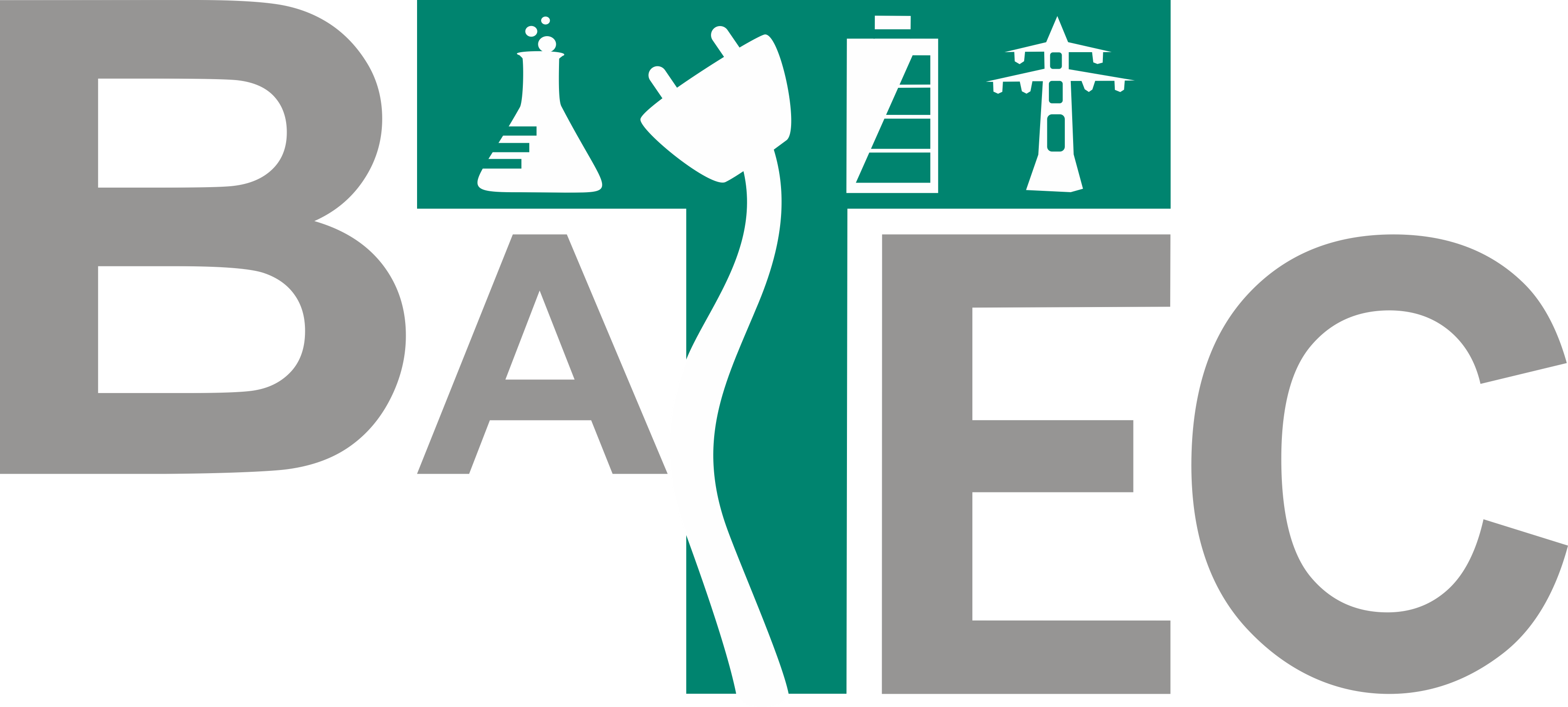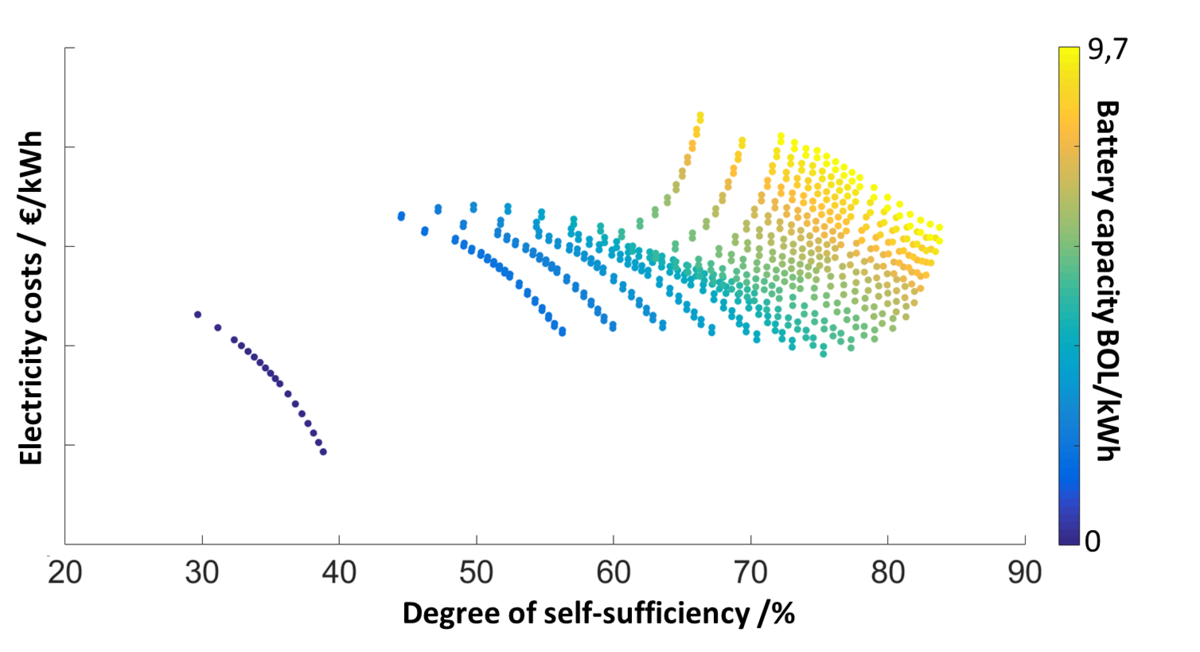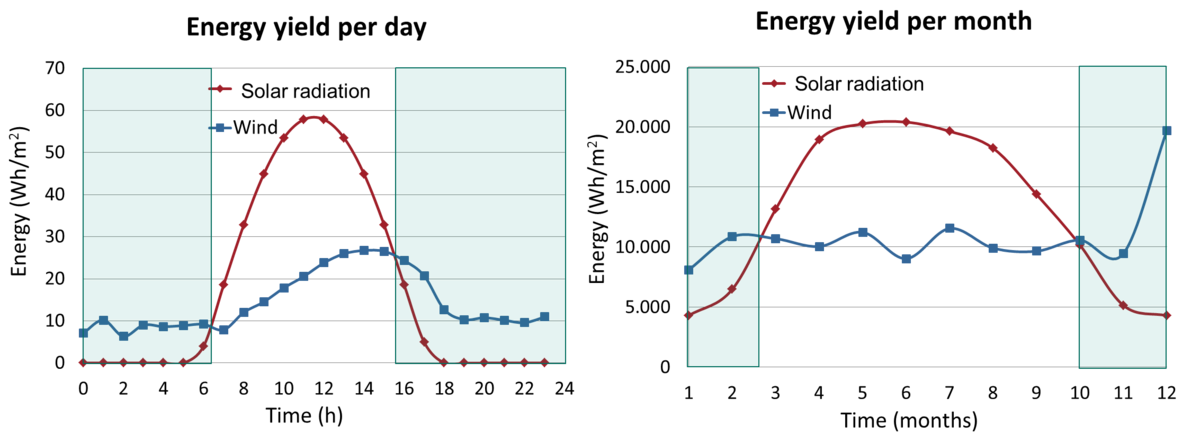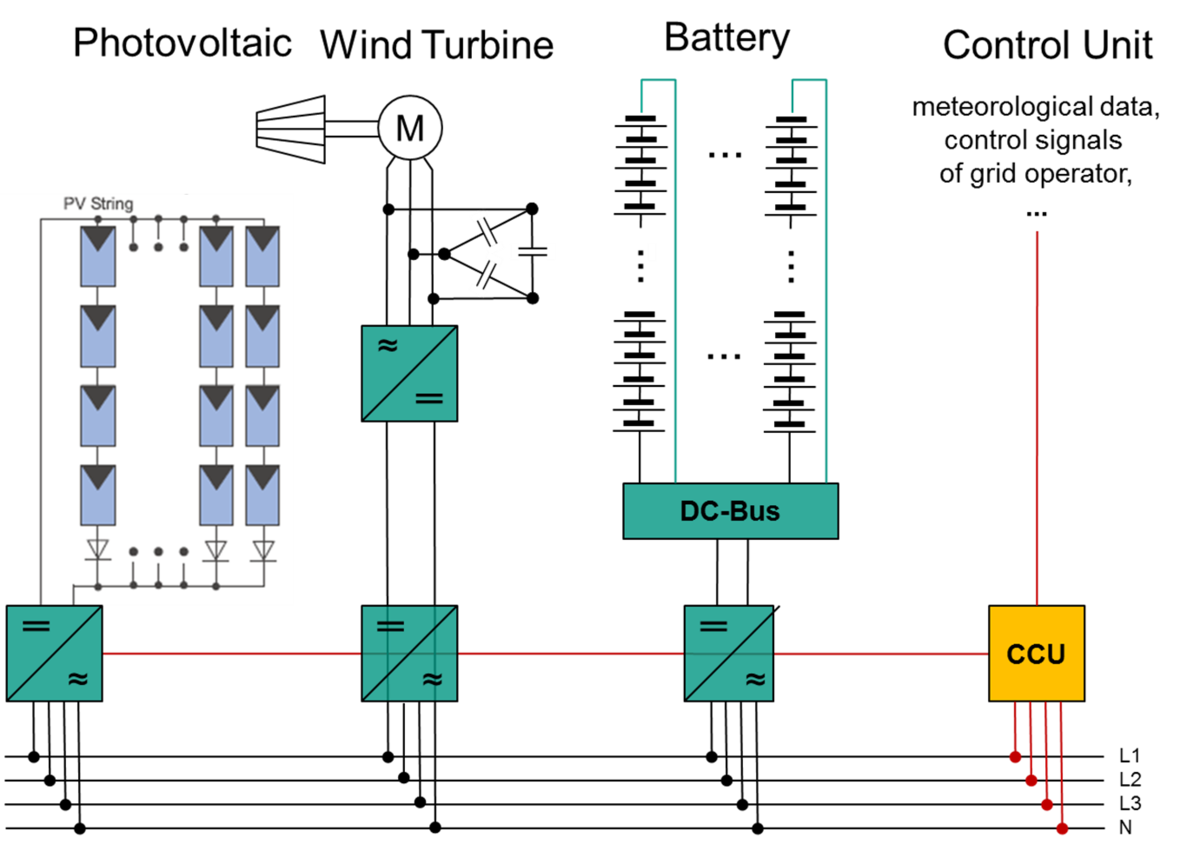Storage System Design
Energy storage systems with lithium-ion batteries have the potential to play a decisive role in the establishment of an efficient and sustainable future electricity supply. Widespread deployment of this technology depends to a large extent on whether the energy costs in each specific application are financially competitive. Within an overall system consisting of the components photovoltaic (PV) and/or wind power plant, battery and power electronics, the system design assumes a key role for economic efficiency. This is primarily a matter of determining the appropriate battery energy content, the size of all power electronics components and, if available, the required size of the PV system and its orientation.
The aim is to determine the most economical combination of the above-mentioned components depending on the customer requirements (e.g. achieving the highest possible degree of self-sufficiency) and the site conditions (e.g. current electricity price at the site). Under a stationary storage system for self-consumption optimisation, a Li-ion battery can be combined either with one or more PV system(s), with a wind turbine or another system for electricity generation from renewable energies.
Since the battery is currently still the most expensive component in the overall system, the smaller the battery can be dimensioned, the lower the cost of energy provision. This is usually the case when energy generation and demand are close together in time and little energy needs to be stored temporarily. This can be achieved by an application-specific alignment of the PV modules. In individual cases, the additional integration of a wind turbine can also help to reduce costs and increase the operator's degree of self-sufficiency. Especially against the background of day/night or summer/winter balancing, the integration of a wind turbine in combination with a PV system and battery can make sense.
Furthermore, the ageing of batteries and the PV system(s) and efficiency losses of the individual components are important factors that have an influence on economic efficiency and should be considered in the design. In addition to the technical parameters mentioned, economic parameters and legal constraints also have a major influence and should therefore not be neglected. For example, investment costs for the components, electricity costs, feed-in tariffs, interest rates and possible cost increases should be mentioned here.
KIT has been working on this topic for many years, both in the field of large-scale and home storage. For example, it has developed design software that can be used to design stationary storage systems for a wide range of applications. KIT has already advised various industrial partners in this area. In addition to the aspects mentioned above, the integration of a heat pump can also be considered. Currently, the software is also being expanded for the design of stationary charging infrastructure within the Skale project.
In the commercial segment, peak load capping and the additional use of the storage system as a UPS are playing an increasingly important role alongside the pure increase in self-consumption. Design algorithms have already been developed for this at the Battery Technology Center.
Further Information:
Contact: Nina Munzke




